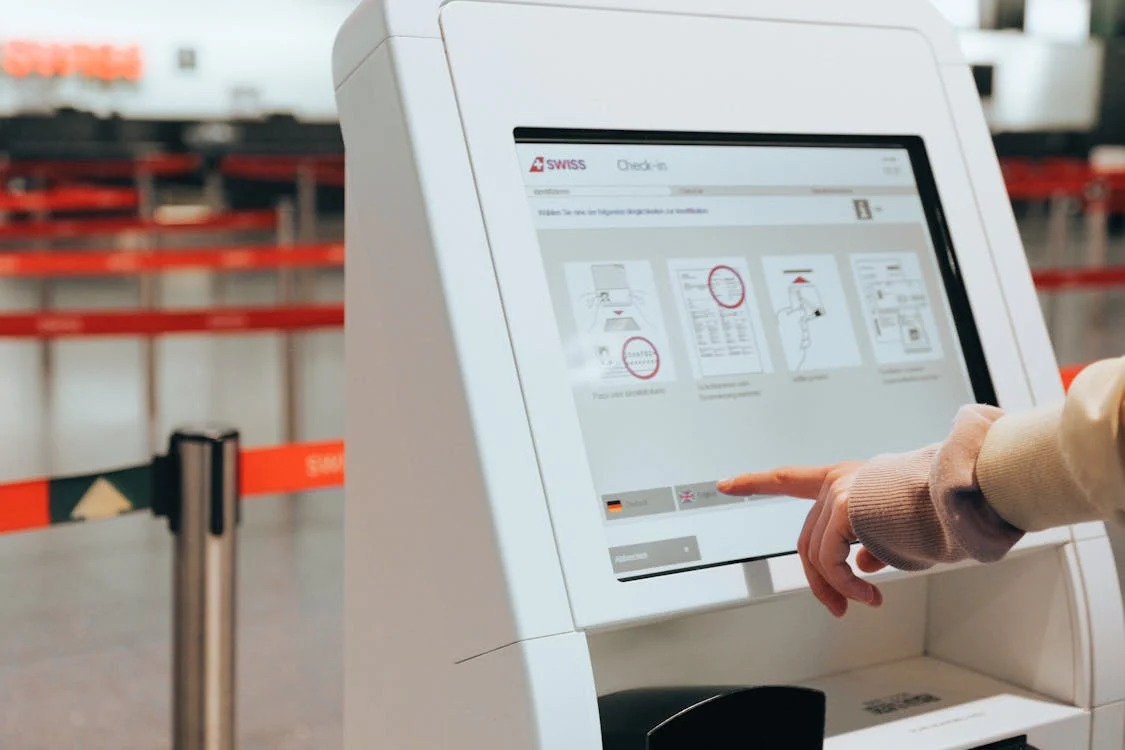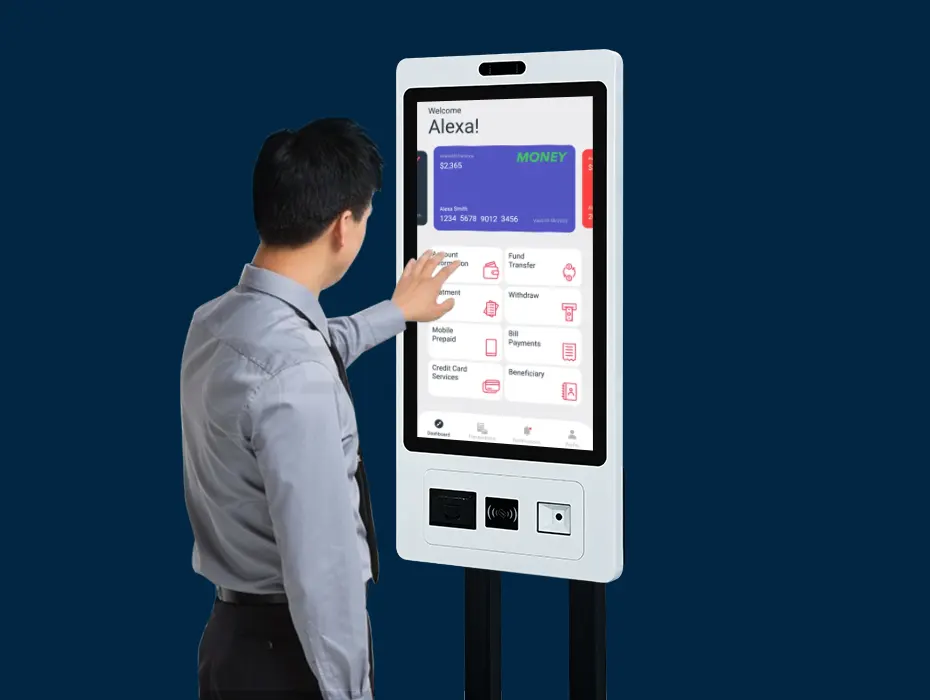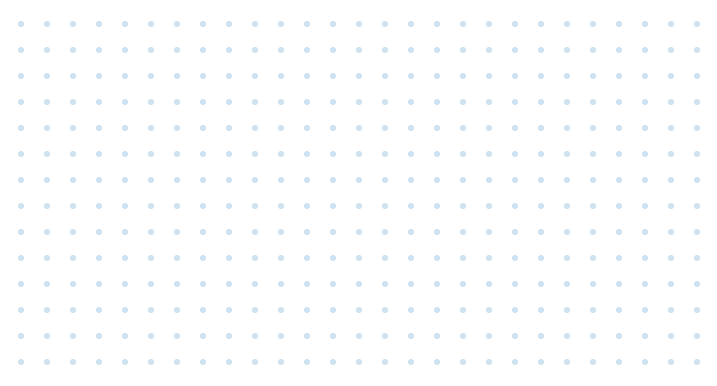In the rapidly developing field of industrial automation today, every technological innovation profoundly affects production efficiency, contrôle de qualité, and operating costs. Among them, Affichages tactiles industriels, as outstanding representatives of intelligent interaction technology, are gradually becoming an indispensable key component of automated production lines. It not only greatly enhances the convenience and intuitiveness of human-computer interaction, but also opens up new paths for achieving more efficient and flexible production management.

1、 Affichage tactile industriel: definition and characteristics
Affichages tactiles industriels, as the name suggests, are display devices designed specifically for industrial environments with touch functionality. Compared to traditional displays, it integrates touch screen technology, allowing operators to directly click, slide, and perform other operations on the screen with their fingers or a dedicated stylus, thereby achieving control and information query of the device. These types of displays usually have characteristics such as dust resistance, water resistance, scratch resistance, high temperature resistance, and electromagnetic interference resistance, which can adapt to harsh industrial environments and ensure long-term stable operation.
2、 Intelligent interaction enhances production efficiency
Intuitive operation and simplified process: Industrial touch displays display complex equipment parameters, production status, and other information in an intuitive way through a graphical user interface (GUI), allowing non professional technicians to quickly get started, greatly simplifying the operation process and reducing training costs.
Real time monitoring and response: With the help of touch screens, key data on the production line can be updated and displayed in real time. Once abnormalities are detected, operators can take immediate measures to effectively prevent production failures and improve response speed.
Flexible configuration and optimized production: Industrial touch displays support the adjustment and setting of multiple production parameters, enabling the production line to quickly switch according to different product or order requirements, achieving flexible production and improving production efficiency and flexibility.
3、 Intelligent interconnection promotes intelligent manufacturing
With the development of Internet of Things (IdO) technologie, industrial touch displays are no longer just a single display and control terminal, but have become a bridge connecting the entire production system. By integrating communication modules such as Wi Fi, Bluetooth, Ethernet, etc., they can upload production data in real-time to the cloud or central management system, enabling remote monitoring, data analysis, and predictive maintenance. This intelligent interconnection feature provides a solid foundation for building an intelligent manufacturing system, helping enterprises achieve transparency, intelligence, and efficiency in their production processes.
4、 Case study: Outstanding performance in practical applications
Automotive manufacturing: On automated assembly lines, industrial touch displays are used to control robots, monitor component quality, and track production progress, significantly improving production efficiency and product quality.
Food processing: In the food processing industry, touch screen interfaces simplify equipment operation, while their dust-proof and waterproof properties ensure stable operation in humid environments, effectively avoiding food safety risks.
Electronic manufacturing: In the assembly and testing of precision electronic products, industrial touch displays ensure precise control of the production process and reduce the rate of defective products through accurate data input and monitoring.
5、 Dans l'avenir
With the continuous integration of technologies such as artificial intelligence, big data, and 5G communication, future industrial touch displays will become more intelligent and integrated. Par exemple, by integrating AI algorithms, the display can automatically analyze production data and provide optimization suggestions; Utilizing 5G technology to achieve lower latency data transmission and further enhance production collaboration efficiency. It can be foreseen that industrial touch displays will continue to lead automated production towards higher levels of intelligent manufacturing, contributing to the transformation and upgrading of the global manufacturing industry.
In short, Affichages tactiles industriels, with their unique intelligent interactive advantages, are profoundly changing the face of automated production and becoming an important force driving the arrival of the Industry 4.0 ère. With the continuous advancement of technology and the deepening of applications, it will play a more central role in the future intelligent manufacturing system.




